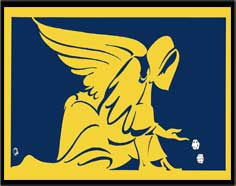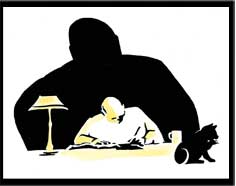Police believe about a dozen Chinese importers have provided most of Sydney’s heroin from the 1980s until now, generally accounting for over 80 per cent of the total supply. This makes sense because of the presence in Australia and Asia of the triad criminal organisations, which are extremely efficient and cashed-up. Few of these importers have been caught. One reason is that they usually keep out of the more dangerous distribution activities inside Australia. Another is that it has proved very difficult for police to obtain information on Chinese criminals, due to their code of silence and the fact very few police officers are of Chinese origin and therefore capable of working undercover.
One who was convicted was Duncan Lam. He moved to Australia in 1976 and later opened a restaurant in Kensington. In 1985 police discovered his suspected involvement in the importation of 10 kilograms of heroin, and he spent 15 months hiding in a garage in Bondi Junction. He was eventually arrested but acquitted. In 1997 he was involved in importing 78 kilograms in pineapple cans and almost arrested, but managed to escape out the back door of the Dragon Chamber Restaurant in Ashfield. In 1999 he was arrested again, this time for a total of 16 kilograms, and gaoled for 16 years.
Lam’s criminal career of some 15 years essentially involved working as a middle man between the 14K and Wo Sing Wo triads in Hong Kong and Australian dealers. Police believe he was involved in the bulk distribution of a total of 500 kilograms of heroin importations, with a street value of half a billion dollars. They also believe he laundered his profits through numerous legitimate businesses, here and in China. Following his last arrest they seized racehorses, luxury cars, and $600,000 in cash.
The triads are like the mafia but less hierarchical. In Australia they exist in a more diluted form than in Hong Kong, with relationships between individuals more important than formalised group activity. Around 1990 police estimated there were about half a dozen triad groups in Australia, with possibly 2,000 members. Triad members here deal with colleagues in Asia as independent equals and not as subordinate members of some vast organisation. Apart from heroin they have been involved in importing ecstasy and amphetamines, and also in extortion, prostitution, illegal gambling and DVD pirating.
Another development in the past decade has been Chinese migration to the Pacific, often accompanied by crime. In 2005, for example, it was reported that 16 of Papua New Guinea’s top police officers had corrupt relationships with Chinese criminals. Some of these criminals from the Pacific have later made their way to Australia.
This remains one of the areas of organised crime – and there have been a few over the years – where police sources say they have had relatively little success, and almost nothing has made it onto the public record.
MAIN SOURCES: Smack Express by Clive Small and Tom Gilling; R v Lam [2002] NSWCCA 377; ‘Asian Organised Crime in Australia’, a discussion paper by the Parliamentary Joint Committee on the National Crime Authority, 1995; articles in the Sydney Morning Herald by Greg Bearup and Kate McClymont.





